Encircle, Evacuate, and Eliminate – Israel’s Plan for Destroying Hamas’ Military and Governance Capabilities and to Free the Hostages
May 21, 2025 - Issue #78
Fearing international retribution and reluctant to risk survival of the hostages, Israel dithered too long by not resolutely using its military might to decisively defeat Hamas—thereby ending the war on acceptable terms. Instead, seeking a middle ground, Israel has sought to convince Hamas to release the hostages by employing various degrees of military pressure while also placating the international community by holding off an all-out attack. Unfortunately, this straddling effort has not succeeded. Hamas doesn’t care about the plight of Gazans and the international community has failed to due its part by vilifying Israel rather than pressuring the captors.
But, at least for a while, regarding the hostages, the straddling strategy worked to some extent, albeit over an extended period. Of the 251 souls taken into Gaza by Hamas on October 7, 2023, plus four others Hamas has held for ten years (two alive and two dead), after Israel acquiesced to Hamas’ outrageous demands, Hamas released 140 live hostages over the last nineteen months. In addition, Israel has rescued eight others and recovered the bodies of forty-seven more. However, fifty-eight hostages remain in Hamas’ deep, dank, tunnel dungeons, of which Israel estimates that 20-23 are still alive but in varying degrees of poor and declining health (discerning readers will note that of the 255 total hostages, the above description accounts for only 253. Despite significant research, I have not been able to account for the discrepancy in open sources other than to postulate that various information outlets use different definitions and timelines).
Unfortunately, however, further negotiations have not proven fruitful. And, the less that remain in captivity in Gaza, the harder it has become to get them out because Hamas sees those still in its hands as the only guarantors of its survival. Therefore, Hamas continues to insist that Israel must agree to end the war with the terrorists still armed and capable of ruling Gaza. Israel, rightfully, refuses to do so and many suspect that even if Israel did agree to Hamas’ terms that Hamas would still hold onto a few to ensure Israel’s future timidity and acquiescence to Hamas regaining its strength. Alternative bridging proposals that would bring more hostages home in return for a several-week ceasefire have been accepted by Israel but rejected by Hamas. And so, there is an impasse unlikely, as of this writing, to be overcome.
Meanwhile, time has not been on Israel’s side. Over the coming weeks, due to the cruelty of their captors and their declining health, more hostages will die. Therefore, to save as many hostage lives as possible while still achieving its other war goals, Israel must now act aggressively to change facts on the ground and the minds of Hamas’ remaining leadership . Depending on a craven international community that castigates Israel while failing to pressure Hamas and call out the terrorists for their perfidy is not an option. Instead, that will only lead to an emboldened Hamas that will see obstinacy as the path to its salvation. Therefore, rather than hoping in vain for Qatar, Egypt, or even the United States to find a solution acceptable to an increasingly recalcitrant Hamas, Israel hoping to change the downward trending dynamic, upset the applecart.
On May 5, Israel’s Security Cabinet unanimously approved Operation Gideon’s Chariots. IDF Chief of Staff, Lt. Gen. Eyal Zamir, summarized the mission with a clear directive: “Defeat the enemy and destroy its infrastructure wherever we operate.” As part of that process, the IDF will:
Speedily take steps to secure release of the remaining live hostages by negotiation or force. Therefore, the operation is designed to at best put pressure on Hamas to compromise its demands and at worst to put an end to Hamas and secure the release of as many live hostages as quickly as possible (an admittedly uncertain outcome should Hamas not agree under pressure to disarm, and its leadership agree to leave the Gaza Strip).
Ensure that Hamas can never again use Gaza as a base for attacking Israel.
Ensure that Hamas will never again govern the Gaza Strip.
Prevent Hamas from regrouping and further fortifying the Gaza Strip because that would cause more Israeli casualties if inevitable future fighting is further delayed.
Limit the likelihood of other regional actors from continuing their fight by putting an end to the Gaza issue, and free up resources to meet their challenges if they don’t stand down.
End Hamas’ exploitation of humanitarian aid which it callously steals and uses to feed its minions or else sells to the civilian population in order to financially fuel its operations and limit dissent.
The Plan
On May 18-19, 2025, five IDF divisions plus special forces, began operating in Gaza from multiple locations. Before that, a concerted air campaign weakened Hamas’ resistance. In the north, IDF forces pushed into and around Jabaliya and Gaza City; and in the south into Khan Younis and Rafah. This multi-pronged maneuver split the Gaza Strip, cutting off Hamas forces from reinforcing each other.
Using combined-arms tactics; armored bulldozers clear paths, tanks provide covering fire, and infantry clear urban areas. Simultaneously, engineers destroy tunnels. Then, unlike after past operations, Israeli units will now hold the ground after securing it. No more shoot and scoot, the IDF is determined to prevent Hamas’s return to places from which it has been dispelled.
The decision to implement Operation Gideon’s Chariots came after first attempting during the first two-and-a-half months of the year to negotiate further partial hostage releases with Hamas in an interim deal or a full release as part of a final deal that would see Hamas disarming and its leadership leaving Gaza. Hamas refused to do either. Therefore, in an initial phase that began on March 18, the IDF ratcheted up pressure on Hamas to agree to a deal by resuming limited military operations that used three divisions with the purpose of :
Expanding the security zone.
Building the new east-west Marag corridor in southern Gaza to facilitate movement of troops and interfering with Hamas’ activities.
Aggressively targeting Hamas’ remaining leadership.
However, Israel remained prepared during this period to temporarily stop its activities and even retreat somewhat if Hamas had been willing to agree to a further partial deal. Hamas refused to do so.
Seeing the lack of progress at the negotiating table and aware of the frailty of the remaining live hostages, the Israeli government decided to further increase the pressure by instituting Operation Gideon’s Chariots rather than hoping for a more peaceful outcome that was not in the cards. The IDF’s new plan, which I call the 3Es, appears to have three components:
Encircle
Evacuate
Eliminate
First, the IDF has encircled communities, like Khan Younis and Rafah, and will eventually encircle all other Gaza regions, to prevent Hamas movements in and out of the targeted zones.
Second, the IDF is calling on Gazan citizens within the encircled areas, with success so far, to evacuate to a new humanitarian area south of the Marag Corridor.
But importantly, before doing so, the civilians must pass through checkpoints where, using technological means including sophisticated scanning technology like what is now in use in airports, they are screened for membership with Hamas or other local terrorist groups.
Once through the checkpoints, the civilians are then directed to civilian areas now being prepared where the plan is to supply them with humanitarian aid distributed by private American companies at eight different locations. The private companies will provide onsite security and the IDF will assume additional security responsibilities outside of the distribution sites. In that way, the IDF will have no contact with Gazan citizens picking up supplies but Hamas will not be able to interfere. However, until that comes to pass, hopefully in the next few days, Israel is allowing humanitarian supplies to now enter Gaza without controlling distribution, in large part, because of American pressure (perhaps a future article of mine will address the competing claims of starvation versus food surplus in Gaza and the role Hamas has played in interfering with humanitarian supplies reaching civilians. The article would also address the bogus claim made yesterday of UN Humanitarian Chief, Thomas Fletcher, that 14,000 babies will starve within 2 days—a statement seemingly contradicted that same day by the UN's Office for the Coordination of Humanitarian Affairs cited by the Jerusalem Post that 14,100 severe cases of acute malnutrition may occur among children aged six to 59 months between April 2025 and March 2026. Hmm, one year is a lot different than two days.).
The third step, not yet implemented to a great degree, is that once civilians have been evacuated, or at least given the opportunity to evacuate to a safer place, the IDF will kill or capture the terrorists left behind, comb the region for hostages, and destroy any Hamas military equipment it finds. Meanwhile, the IDF will continue to go after Hamas’ military and political leadership, as it successfully did on May 13 when it likely eliminated the brutal Mohammed Sinwar, who had assumed leadership of Hamas after the death of his oldest brother, Yahya Sinwar. M. Sinwar reportedly was adamantly opposed to making any further hostage deal that did not secure Hamas’ survival in Gaza.
Eventually, the IDF will use this same 3Es process to pacify all areas of Gaza. And while this means that at least to some degree all of Gaza will come under military control for the short term, it is a perquisite for non-Israeli, Arab civilian control in the long term because until the military threat of Hamas is ended, no civilian entity will have the will or staying power to govern Gaza. Nevertheless, the IDF is still prepared to halt operations should Hamas agree to an acceptable hostage deal.
Most think that this process will take months or even a year. I do not if done aggressively and without tolerating international objections. Hamas’ minions are not superheroes. Although they may now number 20,000, mainly due to recruitment since October 7, most of Hamas’ new recruits are poorly trained and with the targeted killing of their leaders, likely ill led. Some reports suggest that the average age of the newly recruited terrorists is far less than before—many between the ages of 16 and 18. Stuck underground, starving, having trouble with communications and movement, and with little hope of a reversal of fortunes—of those not killed or severely wounded in the coming weeks, fear and low morale and difficult conditions will break some—especially perhaps the younger ones, perhaps many. More so if many of their more hardened and experienced leaders turn up dead. Then, hostage locations might be revealed in return for immunity. Also, newly minted terrorists might desert, especially if they can’t depend on Gazan citizens for human shields and they, and or their families, will no longer received paychecks dependent on purloined humanitarian supplies sold by Hamas on the black market to the citizenry. And civilians, tired of Jihadi rule, might become increasingly emboldened to turn in terrorists. Meanwhile, civilian casualties will lessen in direct relationship to Hamas’ increasing isolation. Once that process starts, it will likely snowball, putting an end to this nightmare for Gazans and Israelis alike.
Will guerilla warfare likely then continue for a long time to come? Of course. It is in Judea and Samaria today and it will be in Gaza tomorrow. But this day-day slog of continuing hostilities and international condemnation over a Jihadi terrorist entity that cares nothing for its own people will have come to an end to the benefit of Israelis and Gazans alike.
Operational Achievements and the Road Ahead
Already, the IDF has:
Established control over most of Gaza.
Severed Hamas’s territorial continuity.
Further degraded Hamas’s leadership and military capabilities.
Nevertheless, I wish the IDF would have accomplished more by now. While President Trump was in the Middle East there seemed to be some hope that he and his representatives would achieve an interim deal that would bring home more hostages. This delayed the fight for victory by several days. But that no longer appears to be the case. And now that the fighting has resumed, there certainly will be some hard days to come. Accidents will happen, and people will die—both the culpable ones and sadly more innocent ones mostly due to Hamas’ human shield tactics. But one thing is certain, if Israel keeps its foot on the gas pedal, victory over Hamas is a certainty and the sooner that happens the better it will be for the Gazan people who have been victimized by a tyrannical rule that offers only suffering without hope. And only victory will still some of the clamor from abroad and unify Israel within. Whereas any further indecision by Israel’s political leaders and indecisiveness by the IDF will serve to make Israel’s plight worse as worldwide and domestically, as everyone fills the vacuum by upping the ante to achieve goals antithetical to Israel’s interests.
During those first terrible weeks after October 7 when the full magnitude of the disaster that day became apparent and the increasing danger that Hezbollah, Iran, the Houthis and others presented to a dispirited Israel, nobody could have predicted with confidence that 148 hostages would eventually be released alive. Although their release brings little respite from the despair felt by the families of those that remain in Gaza, I suspect that many others would have, on October 8, thought that procuring the release of those 148 as the best outcome that could have been reasonably hoped for despite suffering that would have entailed for those left to endure Hamas’ grip until their death. And, it is important to remember, those releases did not happen because of the goodness of Hamas’ heart. They happened because of pressure placed on Hamas by the IDF. More could have been achieved if the international community had uniformly labeled Hamas the pariah and Israel the victim. More could still be achieved today if that were the case. But it is not. So that leaves only one thing other than abdication—force of arms.
Will the remaining 20-23 live hostages breathe free air again? It is hard to know. But if Israel does not put an end to Hamas, no Israeli will breathe freely again because everyone will know that the way to defeat Israel is to take its citizens hostages. Whether in Israel or Thailand, America or Nepal, it will be open season on Israelis—and Jews. All will have to cast glances over their shoulders to ward against calamity. And eventually Jihadis and all others bent on destroying western societies will realize that the path to victory is to take hostage the citizens of any democratic society. That is why those frustrated with Israel have cause to be—not because Israel refuses to end the war by leaving Hamas intact in return for release of the remaining hostages—but because until now Israel has not resolutely done what is necessary to end Hamas’ dominion over Gaza.
Jew hatred came unmasked after October 7, not because of what Israel was doing but because antisemites saw an opportunity to destroy Israel at little risk to themselves. That is why they activated worldwide within hours of Hamas’ invasion, and well before the IDF responded. They will never be pushed back into their dark holes until Israel dispels any hope among the haters that its existence is at risk. A crucial step towards accomplishing that is to swiftly eliminate the perpetrators of the barbarism on October 7. Therefore, it is past time to put the pedal to the metal in Gaza. Operation Gideon’s Chariots aims to do so.
A Special Request
If you think this article of value, please share it with others. Please also consider indicating if you see value in the article by “liking” it or adding a comment. Doing so helps me determine the subject of future articles that you might find beneficial and, through social media, broadcasts my work to a wider audience.
Special Report: Is There a Historic Opportunity to Eliminate Hezbollah's Military Power?—Written by Tal Beeri for the Alma Research and Education Center—May 21, 2025
Power Struggles in Syria After the Assad Regime: Mapping the Competing Interests—Written by Yaakov Lapin and Sarit Zehavi for Alma Research and Education Center—May 7, 2025
The Top 7 Lies About Israel and IDF Operations in Gaza—Written by John Spencer and Arsen Ostrovsky for John Spencer Urban Warfare—May 2, 2025
The Indestructible Myth of Famine in Gaza—Written by Melanie Phillips for Israel National News—May 8, 2025
Why Israel is Assisting the Druze in Syria—Written by Sarit Zehavi for the Alma Research and Education Center—May 7, 2025
How Qatar Bought America—Written by Frannie Block and Jay Solomon for The Free Press—May 13, 2025
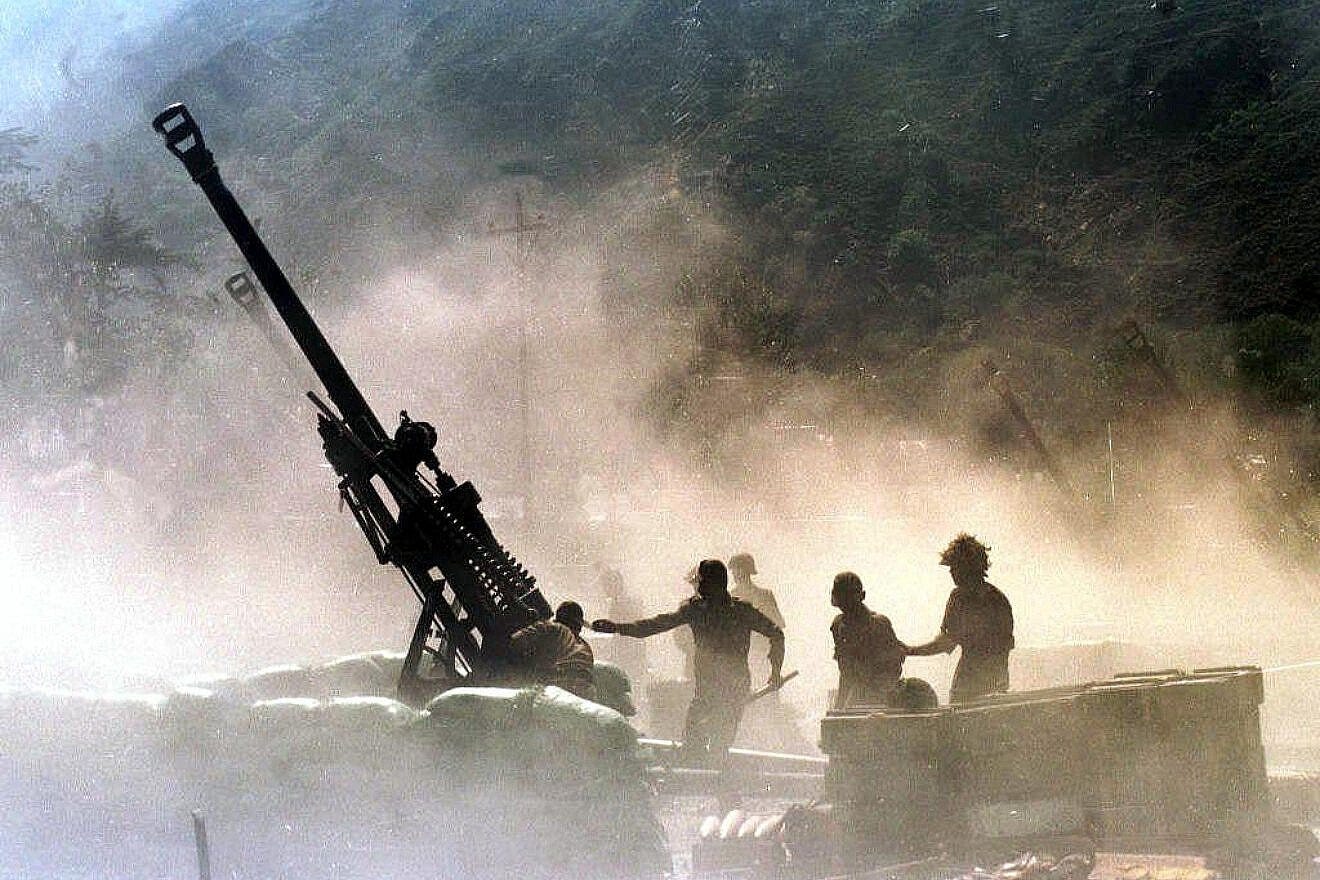
India Adopts Israeli Model in Fight Against Cross-Border Terror—Written by Israel Kasnett for Jewish News Syndicate—May 18, 2025
Analysis of Attacks in Lebanon – Elimination of Hezbollah Operatives – Key Findings—Written by Dr. Zoe Levornik for the Alma Research and Education Center—May 18, 2025
The Lebanese Army’s Activity in Southern Lebanon: Is There a Gap Between Reports—Written by Tal Beeri for the Alma Research and Education Center—May 12, 2025
A Window of Opportunity to Increase Pressure on Hezbollah—Written by Orna Mirahi for The Institute for National Security Studies—May 7, 2025
A New Approach to Dealing with Boycott Activities: Exacting a Price from the PA—Written by Lt.-Col. (res.) Maurice Hirsch for the Jerusalem Center for Security and Foreign Affairs (JCFA)—May 6, 2025
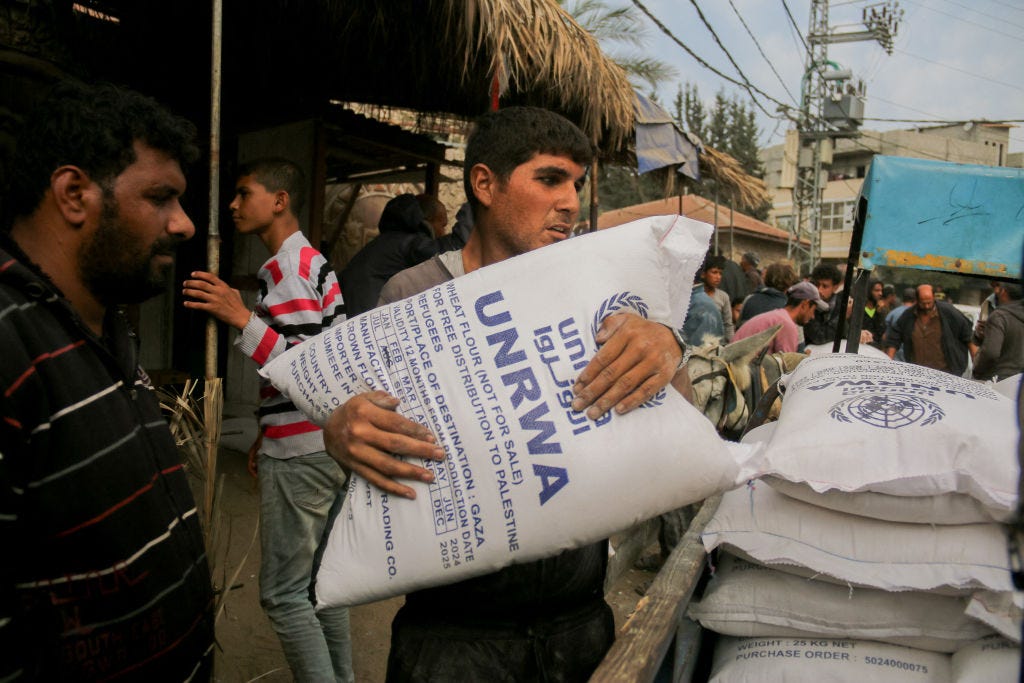
The Gaza Famine Myth—Written by Michael Ames for the Free Press—May 6, 2025

UN Retracts Aid Chief's Claim That 14,000 Gazan Babies Will Die in 48 Hours Without Aid—Written by Mathilda Heller for the Jerusalem Post—May 21, 2025
Why Antisemitism Is Spreading Faster Than Truth—Written by David Swindle for Future of Jewish—May 8, 2025

The Connection Between UNRWA and Hamas in Gaza—Prepared by the Israel National Digital Agency
Israel’s Struggle with Hezbollah—A War Without End is now available in eBook and hardback format on Amazon and IngramSpark. This compelling narrative explores Hezbollah’s origins and cancerous growth, traces Israel’s response, and reveals Israel’s present readiness to meet Hezbollah’s challenge.
Cliff Sobin
Important Link—Alma Research and Education Center: Understanding the Security Challenges on Israel’s Northern Border

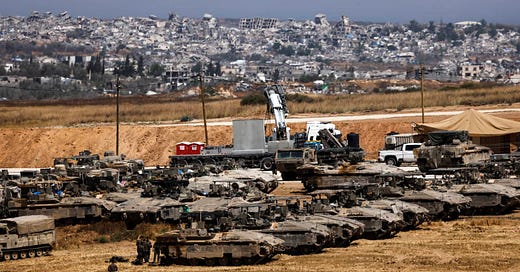


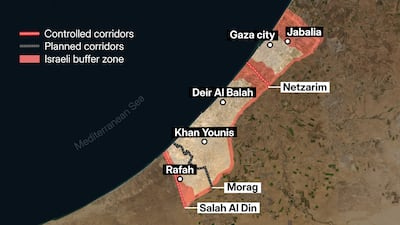
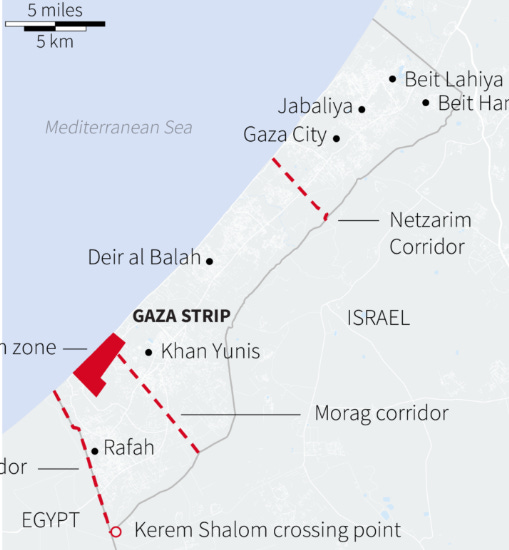
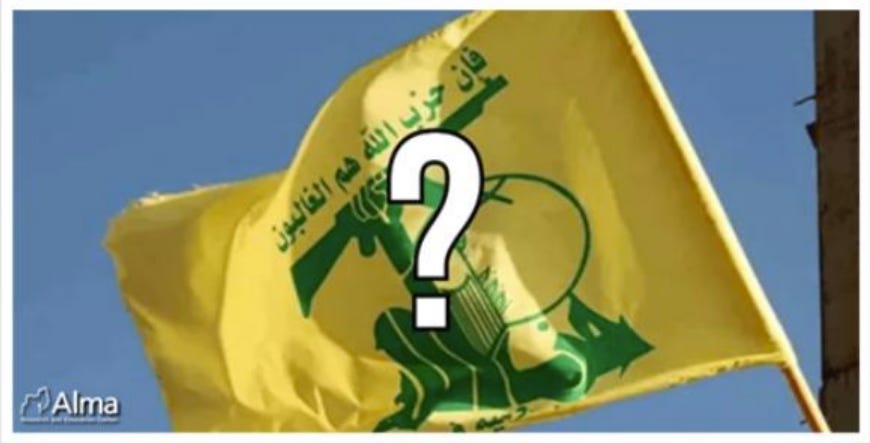
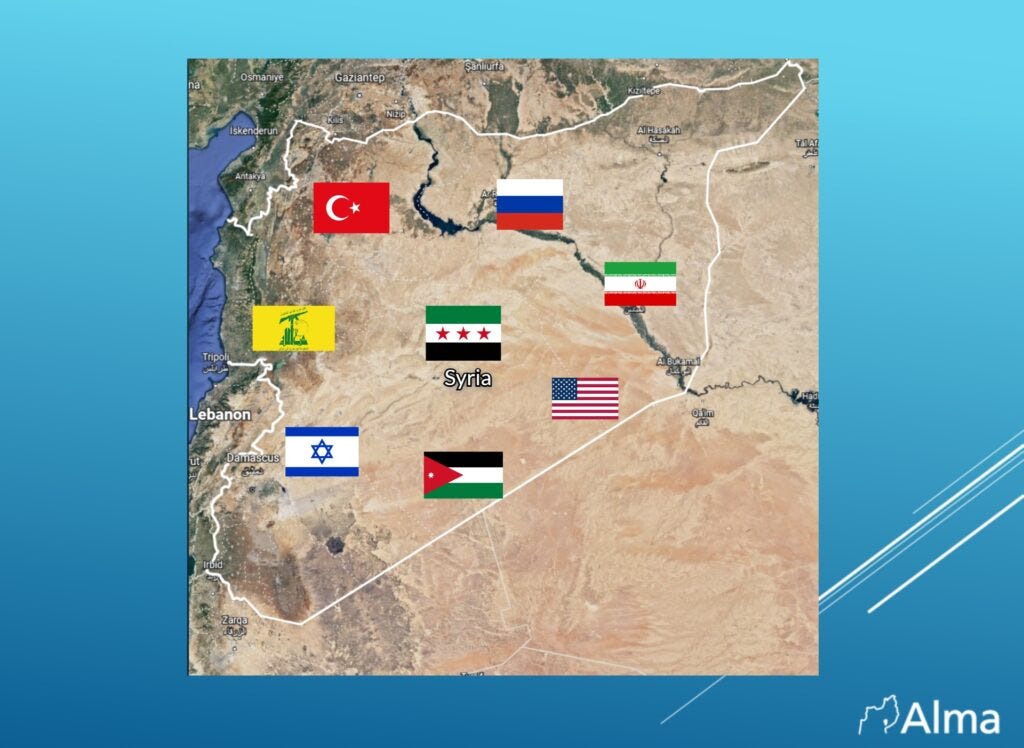

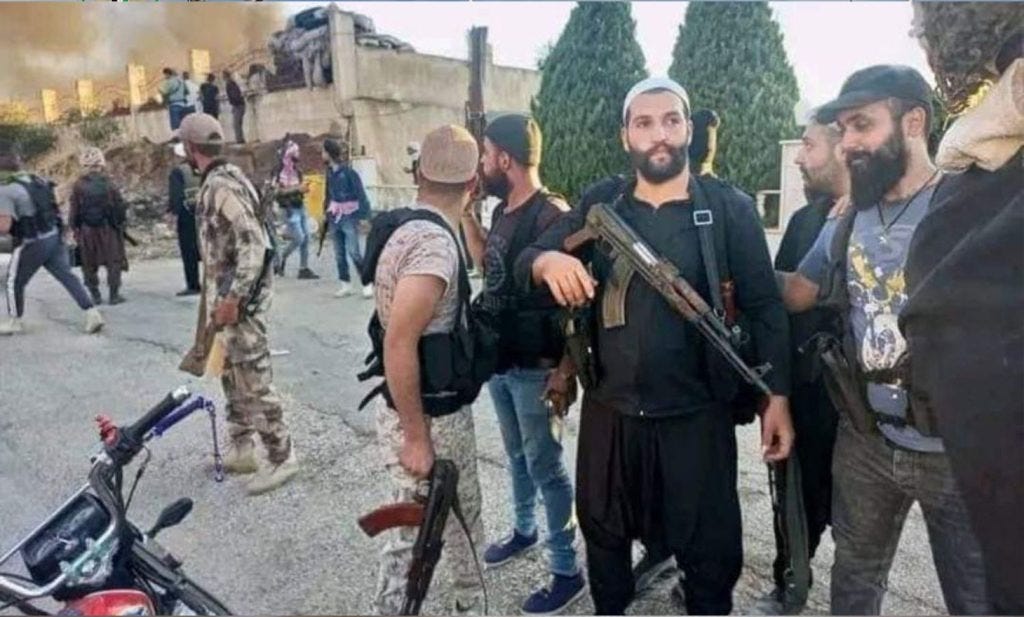
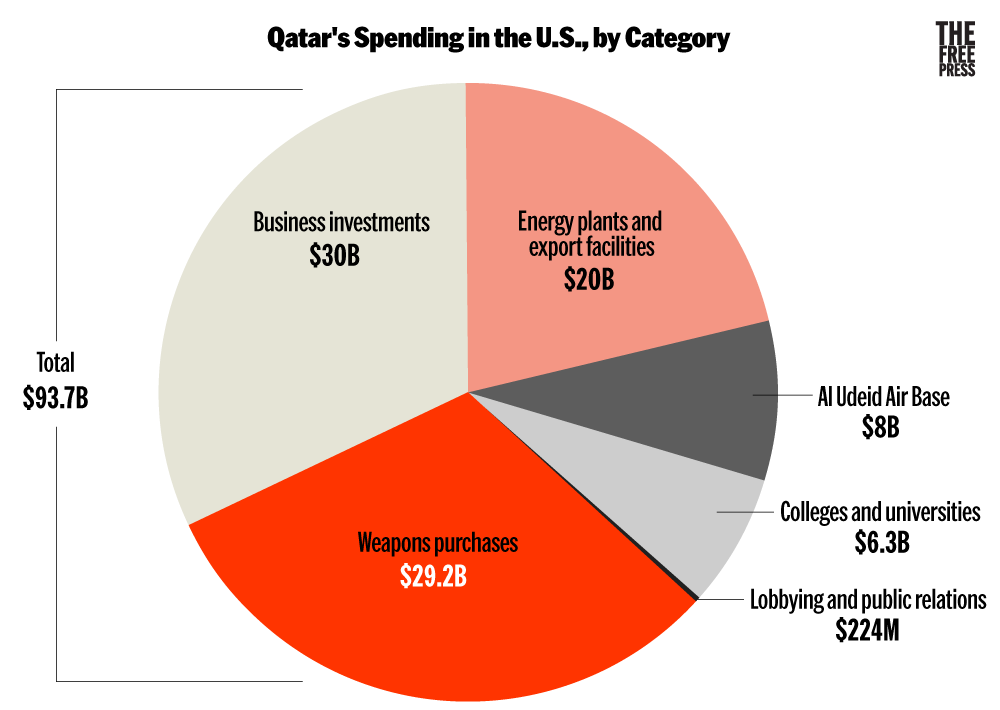
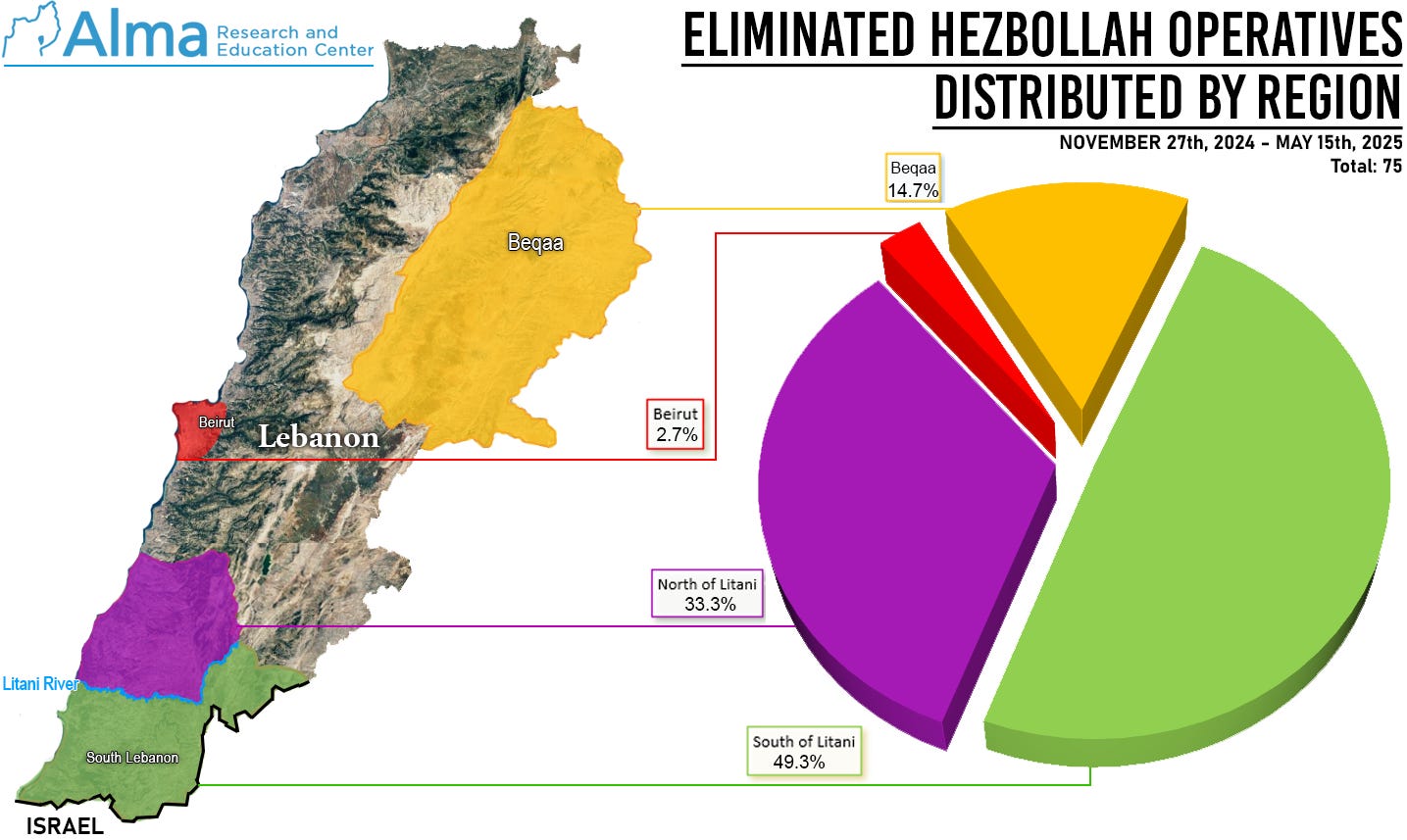
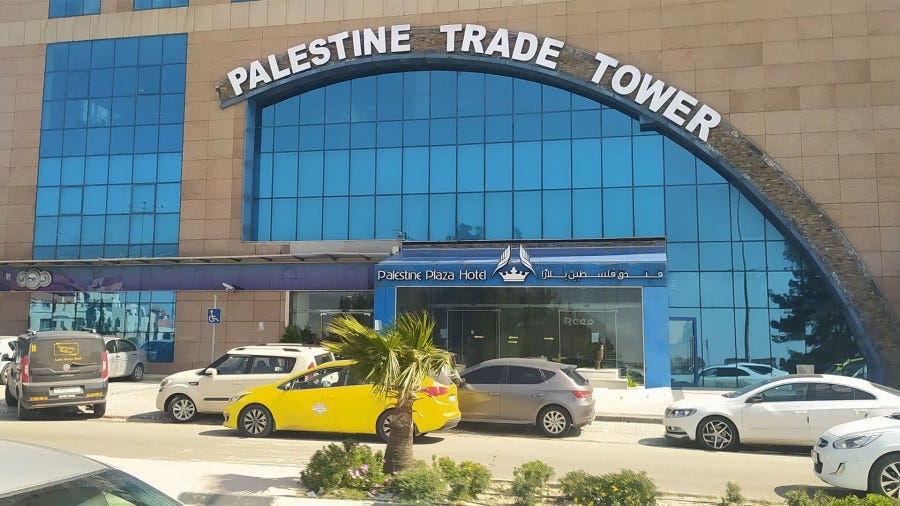
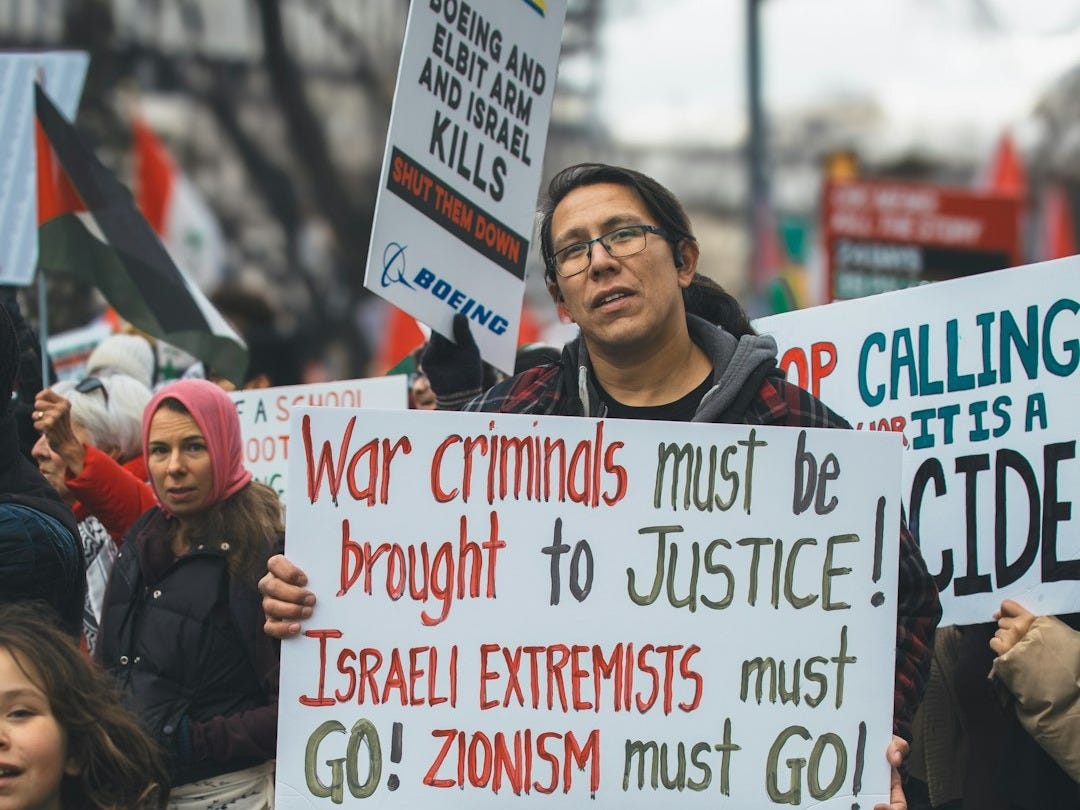


Very informative and well-researched!